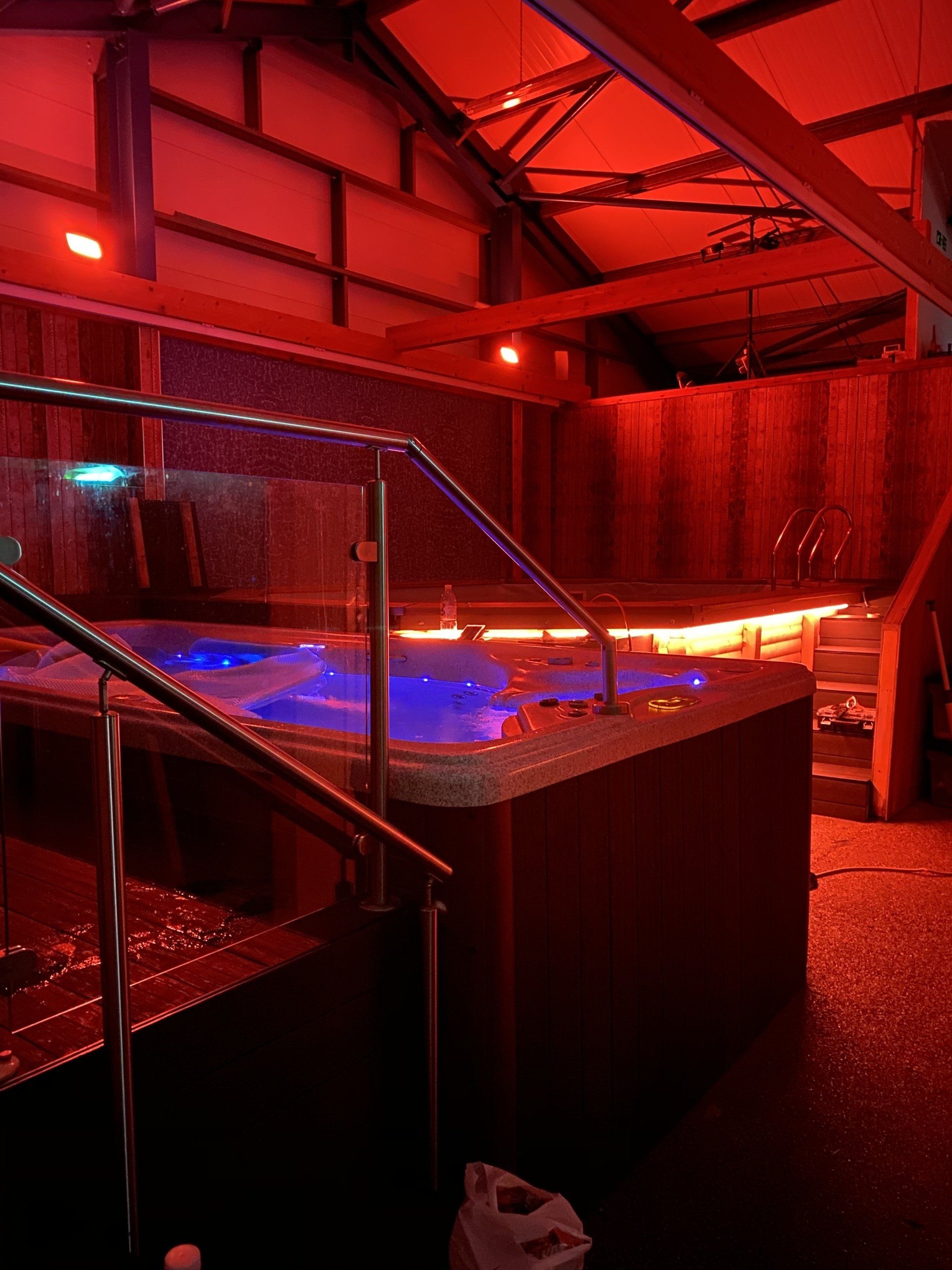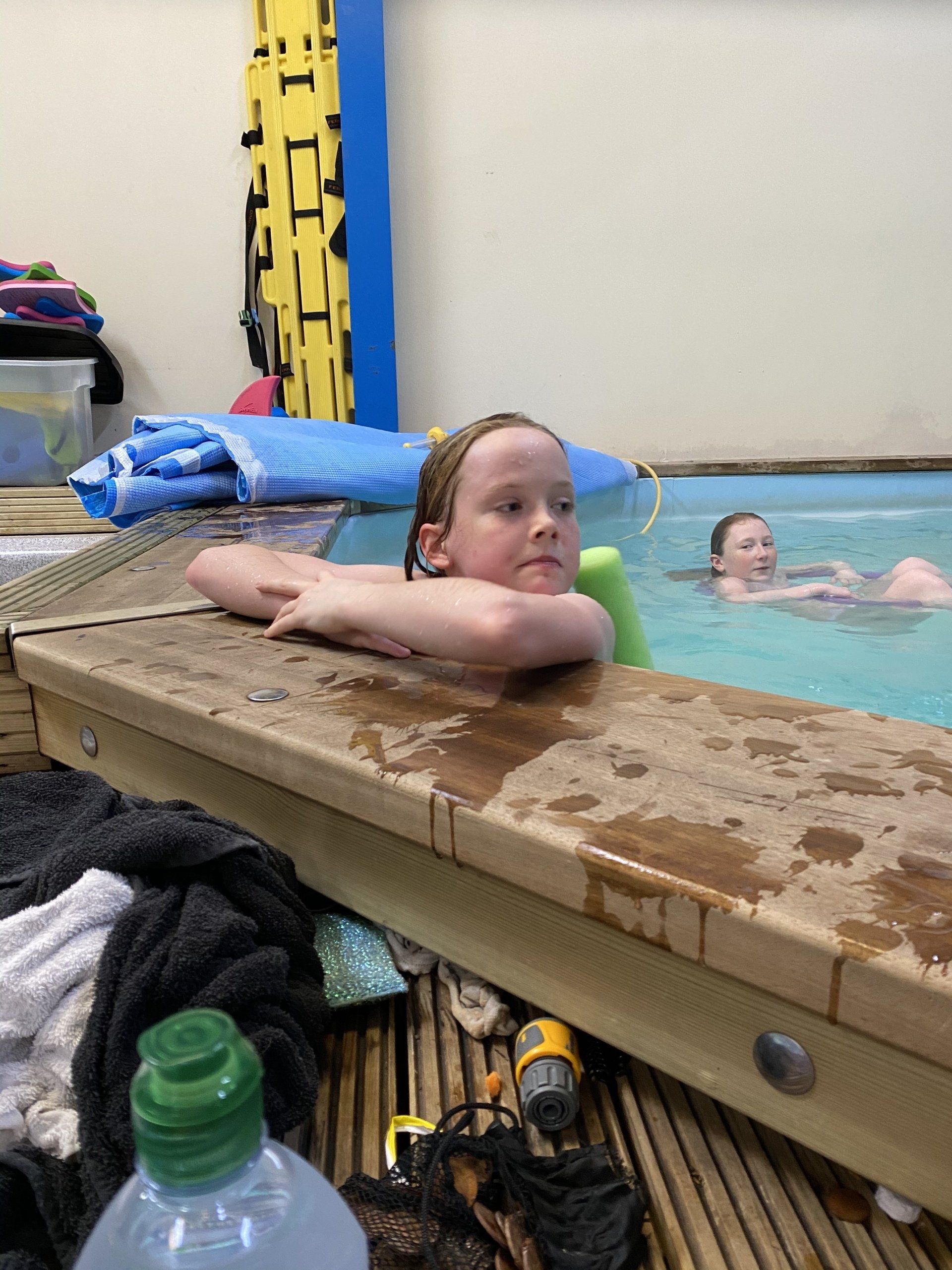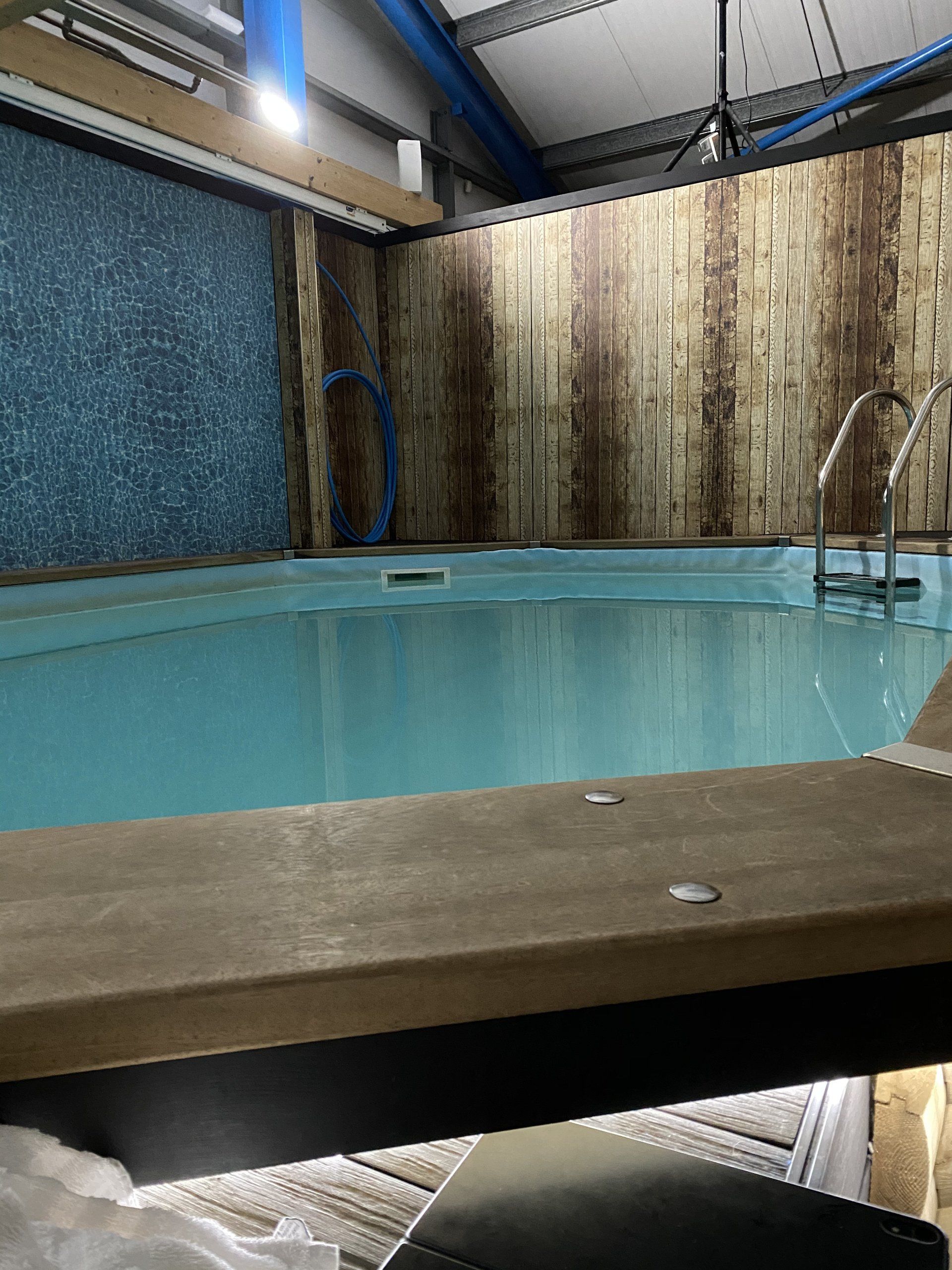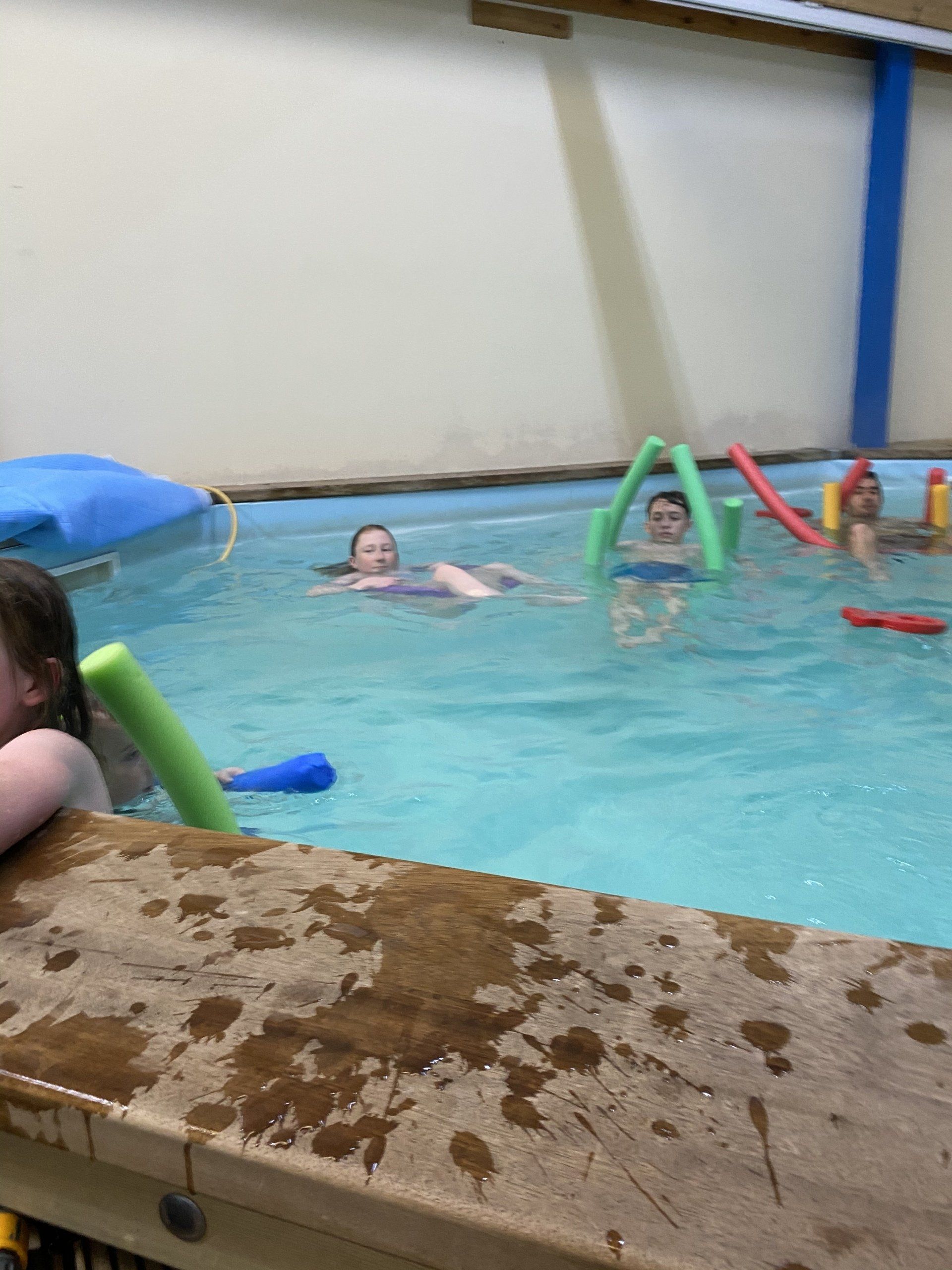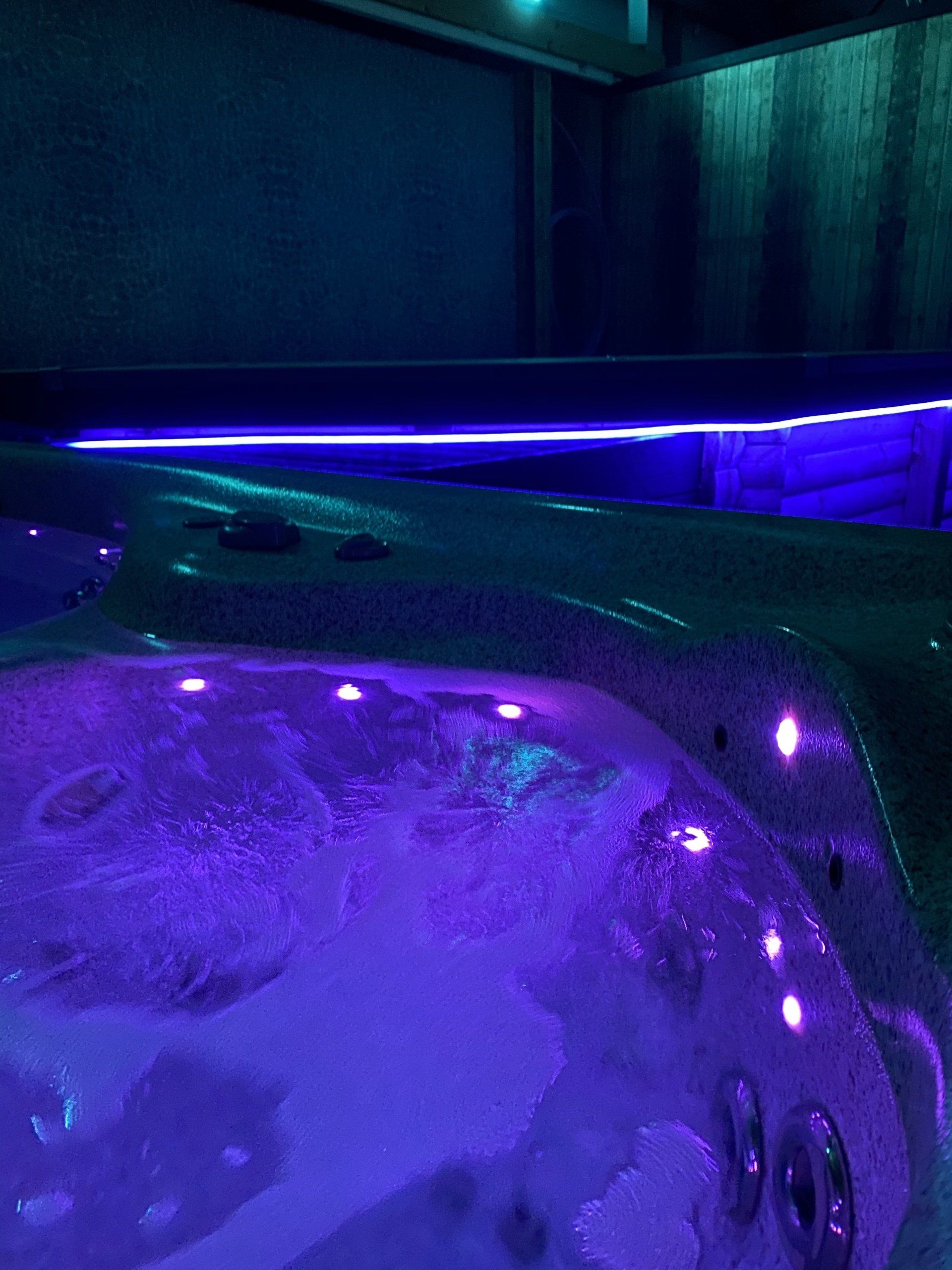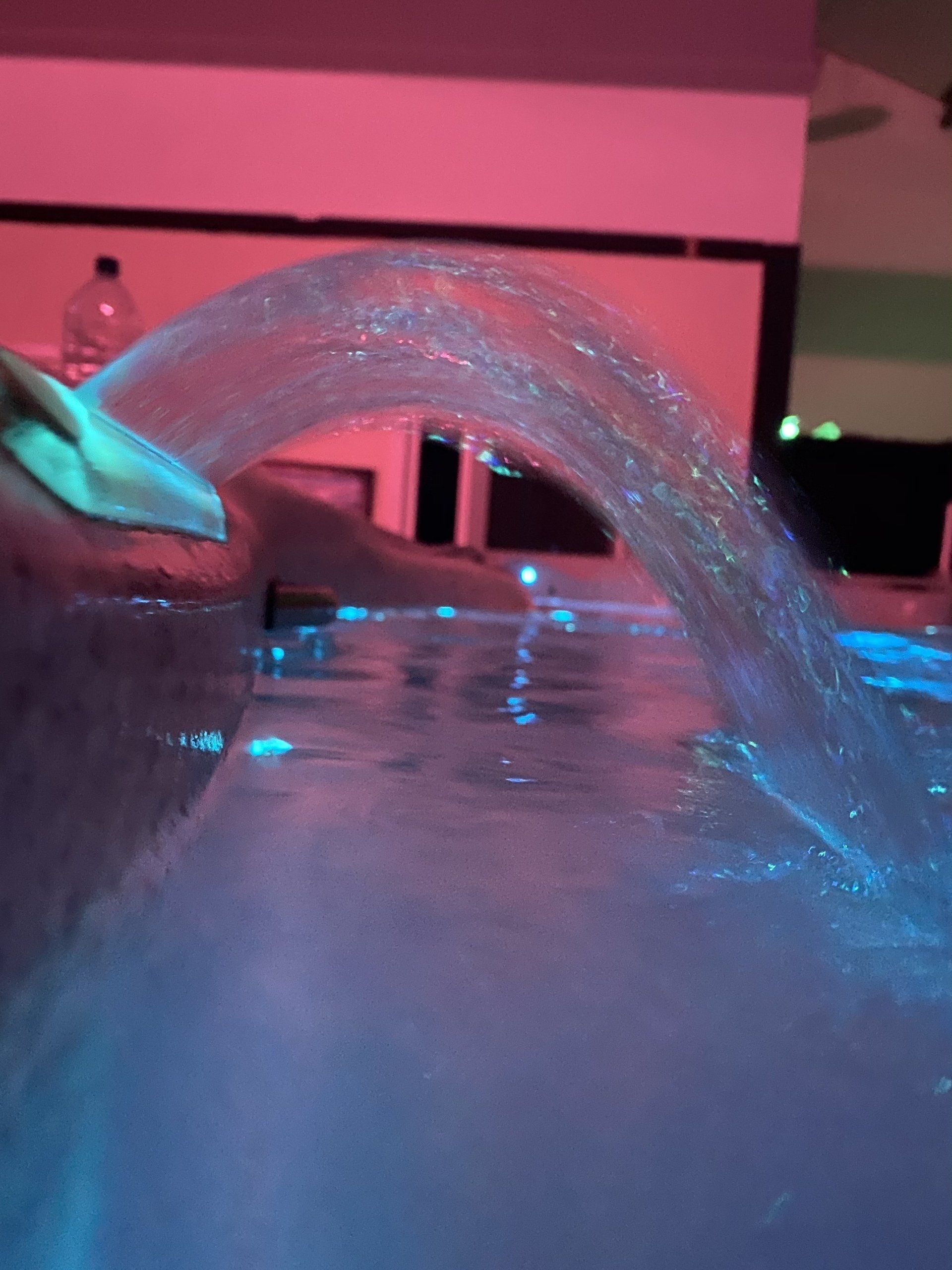Hydrotherapy treatments in Cross Hands
Dimax offer hydrotherapy treatments in Cross Hands. Read on to find out more about our services and get in touch with us today.
What is hydrotherapy?
Hydrotherapy may have various uses as a complementary therapy to standard treatment. Relaxing hydrotherapy practices, such as saunas and foot baths, may help ease stress and allow a person to relax or alleviate painful symptoms.
In each case, it is still important to work with a doctor to determine the most suitable practices for the individual.
How does it work?
Hydrotherapy refers to using water as therapy in any form. For instance, it may act as a treatment for temporary skin-related issues, such as burns and septic ulcers, or for chronic health conditions, such as arthritis and fibromyalgia.
Water therapy uses either hot or cold water, with the water pressure and flow varying among treatments. The intention is to ease both physical and mental symptoms.
Benefits of hydrotherapy
Hydrotherapy can offer a real wide range of benefits. A review found that spa therapy using warm water had a significant pain-relieving effect in people with chronic diseases of the musculoskeletal system and connective tissues. The warm water eases the signals for pain, relaxes the muscles, and increases blood flow, therefore reducing pain in the area. One of the key benefits of hydrotherapy techniques, such as aquatic exercise, is that they are very low impact. People can do these activities in water without putting too much stress on their joints.
Water-based activities can also significantly improve mental health in some people. For example, people with fibromyalgia may find aquatic exercise therapy reduces anxiety and depression. Additionally, many may find that swimming improves their mood and helps release tension through exercise.
People with some types of arthritis may benefit from hydrotherapy, as well. A study found that people with rheumatoid arthritis who engaged in moderate intensity aquatic exercise while continuing their medication had an improvement in markers of their disease.
Athletes sometimes use various forms of hydrotherapy in which they alternate between warm and cold water. Many feel that this form of contrast hydrotherapy helps them recover from hard workouts and avoid delayed onset muscle soreness
Hydrotherapy can also help with the general aches and pains that pregnancy can cause. Some people may choose forms of hydrotherapy during a water birth to reduce pain and promote relaxation. Research into the benefits and uses of hydrotherapy is ongoing. There is still a lack of evidence to support some hydrotherapy health claims. Types A doctor, physical therapist, or alternative health practitioner can offer advice on which type of hydrotherapy is best, depending on an individual's health goals.
Our treatments
Watsu
Watsu is a form of water therapy, which can also be called hydrotherapy. It involves stretches, massages, and acupressure in thermal warm water. Find out more about this new and exciting treatment by clicking below.
Aquatic exercise
Aquatic exercise is a low impact form of physical activity, which typically takes place in a pool using specialist equipment. It allows people to work the muscles and raise the heart rate without putting much stress on the joints. These exercise routines are suitable for people with arthritis or fibromyalgia and for older people, who may be at higher risk of falling or just find working out easier in the low impact environment.
Warm water baths
Soaking in a warm water bath is a form of hydrotherapy. The person may also add salts and minerals, essential oils, or other ingredients to enhance the bath.
Sitz bath
A sitz bath is a shallow bath using either warm or cold water. Practitioners may recommend sitz baths for relief from issues such as cramps or hemorrhoids.
Wraps, compresses, and fomentation
Wraps and compresses using hot, warm, or cold water are also a form of hydrotherapy. These may provide targeted relief from mild symptoms and support treatment.
Saunas
Depending on the definition, saunas may include both wet and dry heat saunas, as well as cool or refrigerated saunas. These involve sitting in a room set to a specific temperature with either humid or dry air. Water circuit therapy Water circuit therapy or contrast hydrotherapy involves going through a few different forms of hydrotherapy one after the other, generally alternating between warm and cold water to promote circulation and help ease symptoms. The circuit may vary greatly depending on the practitioner and the person receiving treatment, but it could include various techniques such as:
- warm baths
- wet or dry saunas
- cold plunges
- cool baths
Immersion therapies
Immersion therapies are those that involve a person immersing themselves in water for relief. They include:
- warm baths
- cool baths
- cold plunges
- sitz baths
- hot tubs with jet massages
- whirlpool baths
Contact us
Address:
Unit 4, Meadowsbridge
Crosshand Business Park, SA14 6RA
Phone:
Email:
Find us
Find us at one of our three locations across Carmarthenshire, Wales



